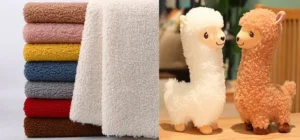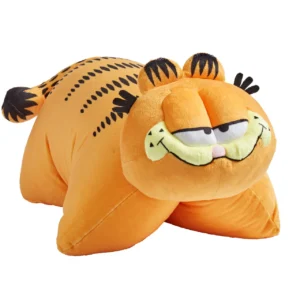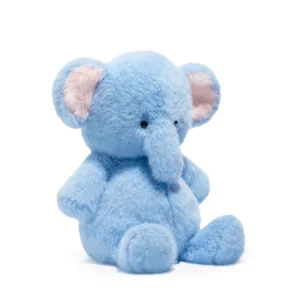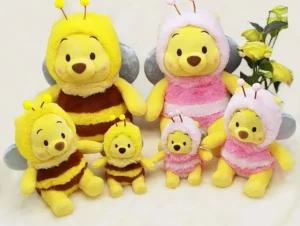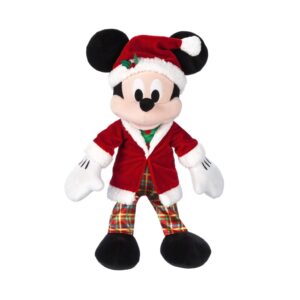Choosing the right fabric is key in plush toy production. Plush and plush fleece are both popular, but they differ in material properties, feel, and applications.
Plush fabric features a dense, soft pile giving a smooth, velvety feel. Plush fleece offers a lighter, fluffier texture with a slightly looser weave. Both fabrics serve different purposes depending on design and durability needs.
Let’s explore the fundamental differences between plush and plush fleece to help you make informed manufacturing decisions.
1.What are the fundamental material differences between plush and plush fleece fabrics?

Plush fabric is typically a high-pile synthetic textile made from polyester fibers woven tightly to create a smooth, dense surface. Plush fleece, however, is a knit fabric with a looser, softer pile, often blending polyester with other fibers for warmth and flexibility.
The difference in weave and fiber content results in distinct textures, weights, and performance characteristics.
- Plush: Tight weave, longer pile, mostly 100% polyester.
- Plush Fleece: Knitted fabric, shorter, fluffier pile, sometimes blended with cotton or rayon.
| Fabric Type | Composition | Weave Type | Typical Pile Length |
|---|---|---|---|
| Plush | 100% polyester | Woven, dense | Long and smooth |
| Plush Fleece | Polyester blends | Knitted, fluffy | Short and fluffy |
Understanding this helps optimize fabric choice for softness, durability, and product design.
2.How do texture and softness compare between plush and plush fleece?
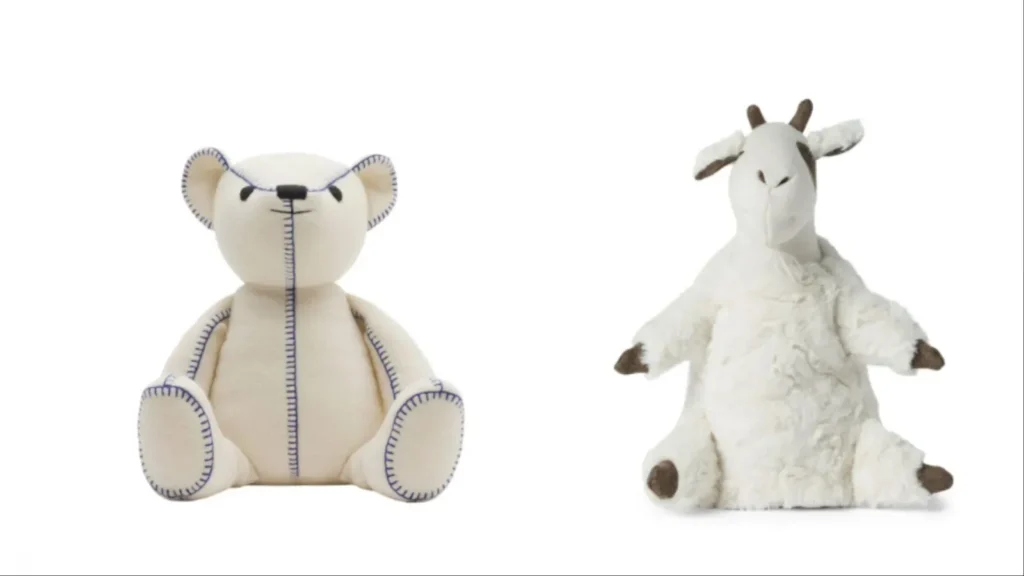
Plush fabric offers a sleek, velvety texture that feels smooth to the touch. Plush fleece feels warmer and fuzzier, with a softer, more cushioned sensation but less dense than plush.
Plush is favored for luxurious feel and detail, while plush fleece provides a cozy, fuzzy texture suitable for casual, cuddly toys.
- Plush: Soft but firm, ideal for detailed shapes and fine stitching.
- Plush Fleece: Softer and more forgiving, with a natural stretch.
- User Experience: Plush feels polished; plush fleece feels homey.
| Property | Plush | Plush Fleece |
|---|---|---|
| Texture | Velvety, smooth | Fluffy, fuzzy |
| Softness | Soft but structured | Extra soft, plushy |
| Stretch | Minimal | Moderate |
| Appearance | Sleek, shiny | Matte, textured |
The texture impacts both design aesthetics and consumer tactile preferences.
3.Which manufacturing processes distinguish plush from plush fleece production?
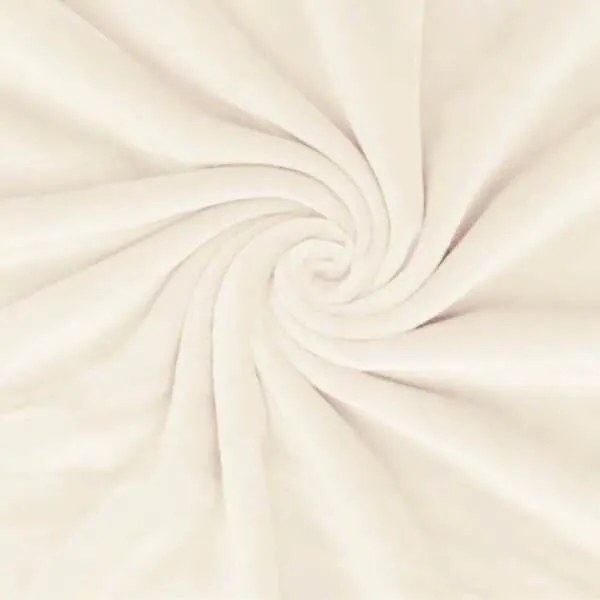
Plush fabrics are typically produced using weaving or knitting with tight loops, then brushed to create a dense pile. Plush fleece is knitted with yarns forming a looser pile, often requiring different machinery and finishing.
Manufacturing plush requires careful control of pile density and length, while plush fleece involves knitting techniques that offer flexibility and breathability.
- Plush Production: Loom weaving, brushing, shearing to ensure uniform pile.
- Plush Fleece Production: Circular knitting machines creating loops, then brushed for softness.
- Finishing: Plush often undergoes heat setting; fleece focuses on softness retention.
| Production Step | Plush | Plush Fleece |
|---|---|---|
| Base fabric method | Weaving or knitting | Circular knitting |
| Pile creation | Brushing and shearing | Brushing only |
| Finishing | Heat setting | Softness finishing |
| Machinery | Looms and brushing machines | Circular knitters |
Different processes affect cost, fabric characteristics, and production speed.
4.How do durability and maintenance requirements vary between plush and plush fleece?
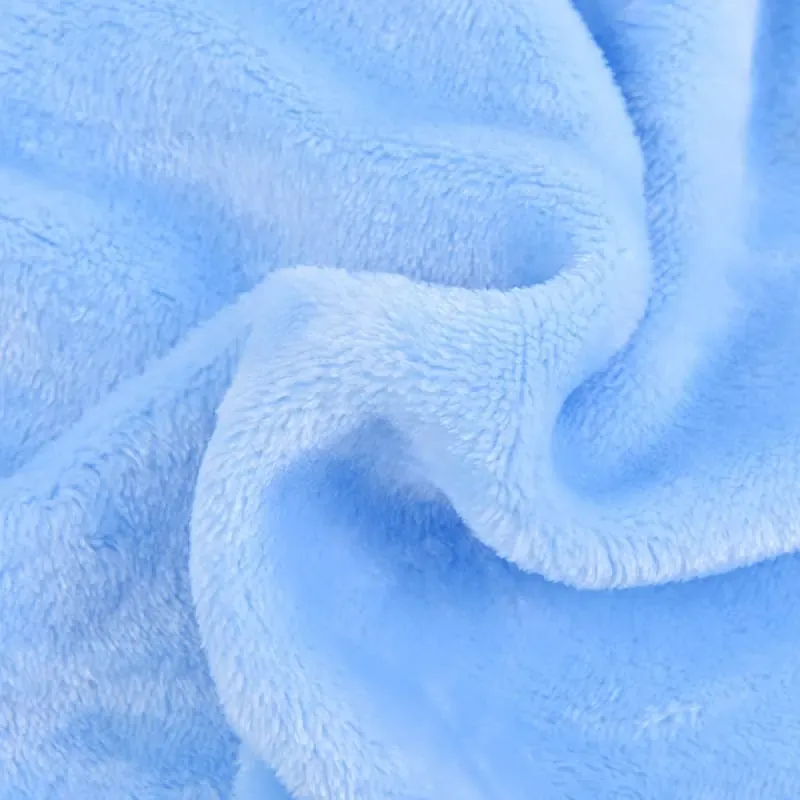
Plush fabric is generally more durable and resistant to wear due to its tight weave, but it may be more prone to flattening over time. Plush fleece is softer but can pill or wear faster without proper care.
Both require gentle washing, but plush fleece may need extra care to maintain fluffiness and avoid matting.
- Plush: Retains shape well, tolerates more washing cycles, dries quickly.
- Plush Fleece: Requires gentle washing, avoids high heat drying, may pill if overused.
- Longevity: Plush is suited for long-lasting toys; fleece for soft, casual use.
| Care Factor | Plush | Plush Fleece |
|---|---|---|
| Durability | High | Moderate |
| Washing | Machine washable, gentle | Gentle or hand wash |
| Drying | Low heat recommended | Air dry preferred |
| Wear & Tear | Less prone to pilling | May pill over time |
Proper maintenance extends product life and customer satisfaction.
5.What are the typical applications of plush versus plush fleece in plush toy manufacturing?
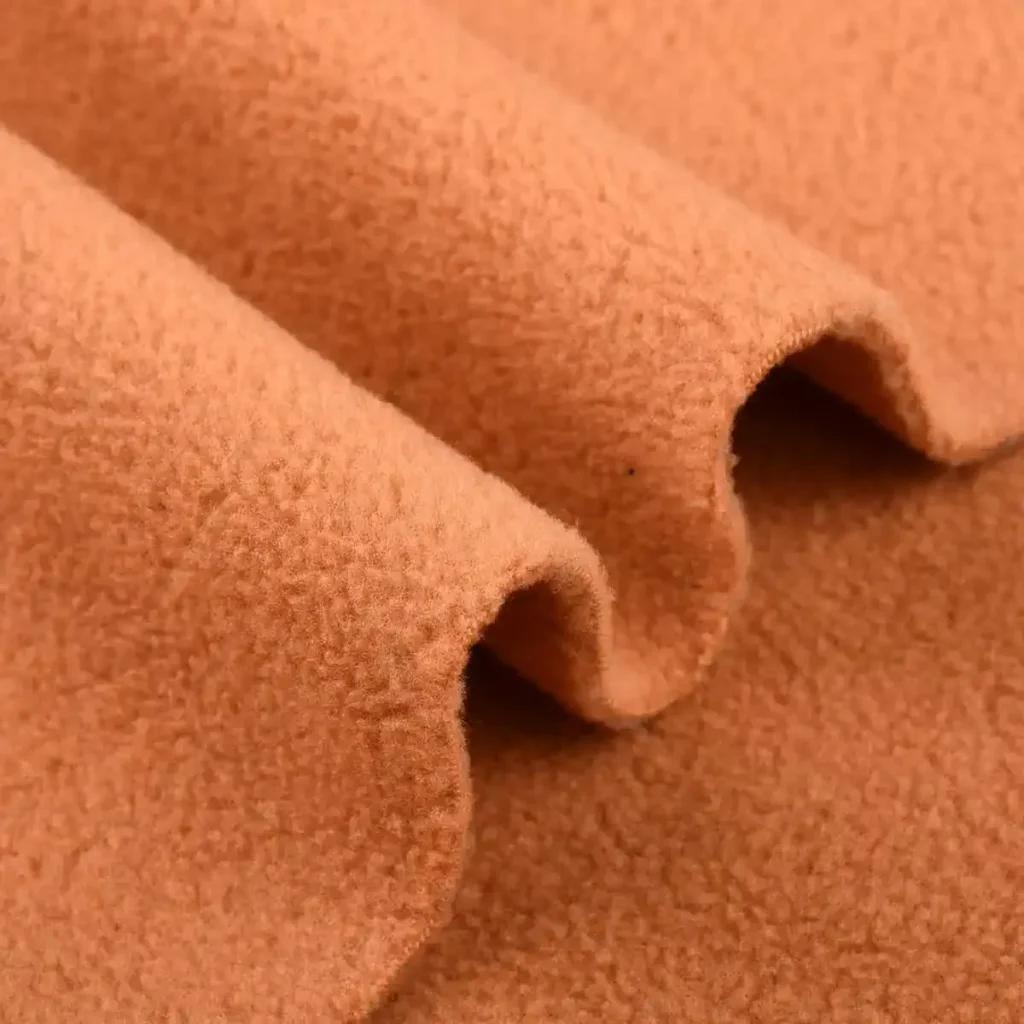
Plush is often chosen for premium, detailed plush toys needing a smooth finish and precise stitching. Plush fleece suits soft, cuddly toys where warmth and flexibility are priorities, such as blankets or wearable plush items.
Each fabric fits different market segments and product types based on tactile needs and production cost.
- Plush: Baby toys, character plushies, high-end collectibles.
- Plush Fleece: Plush blankets, wearable plush (hoodies, slippers), budget-friendly toys.
- Design impact: Plush supports fine detail; fleece allows movement and softness.
| Application Type | Plush | Plush Fleece |
|---|---|---|
| Baby and character toys | Yes | Occasionally |
| Wearables | Limited | Yes |
| Budget toys | Moderate | Common |
| Collectibles | Preferred | Less common |
Matching fabric to product enhances customer experience and brand fit.
6.How do cost and sourcing considerations influence the choice between plush and plush fleece?
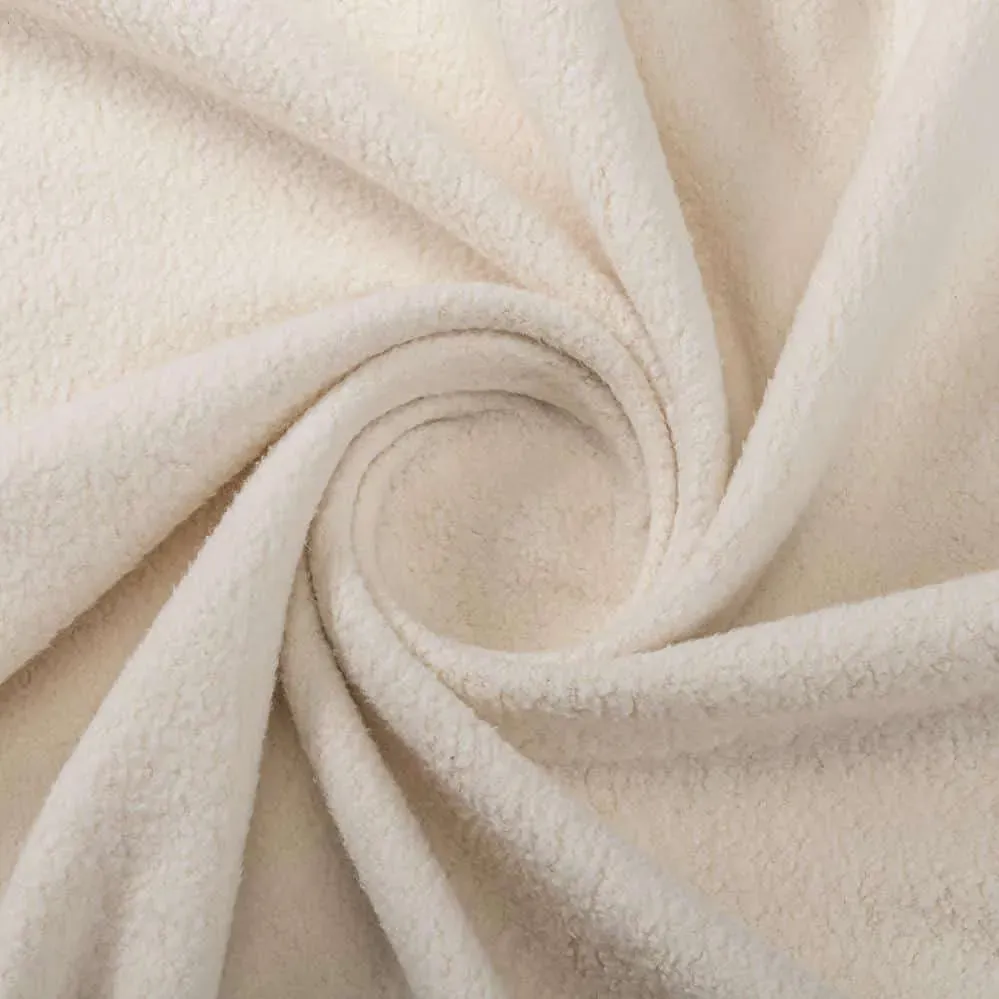
Plush fabric tends to cost more due to denser weave and finishing processes. Plush fleece, often knitted with blends, can be more economical and easier to source in bulk.
Manufacturers balance budget, desired quality, and fabric availability when selecting materials, impacting pricing and margins.
- Plush: Higher raw material cost, longer production time.
- Plush Fleece: Lower cost, faster production, more widely available.
- Supply chain: Plush may have limited suppliers; fleece is more common.
| Cost Factor | Plush | Plush Fleece |
|---|---|---|
| Raw material price | Higher | Lower |
| Production time | Longer | Shorter |
| Supplier options | Limited | Abundant |
| MOQ requirements | Higher | Lower |
Cost decisions affect product positioning and profitability.
Conclusion
Choosing between plush and plush fleece depends on softness, durability, design needs, and budget. Both fabrics have unique strengths that can enhance plush toy quality and consumer appeal.
For tailored plush fabric advice and sourcing support, contact [email protected] or visit Kinwin Plush Toys.





